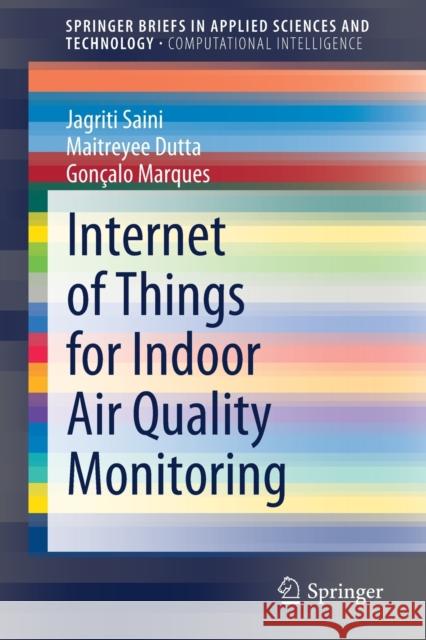Internet of Things for Indoor Air Quality Monitoring » książka
topmenu
Internet of Things for Indoor Air Quality Monitoring
ISBN-13: 9783030822156 / Angielski / Miękka / 2021 / 82 str.
Kategorie:
Kategorie BISAC:
Wydawca:
Springer
Język:
Angielski
ISBN-13:
9783030822156
Rok wydania:
2021
Wydanie:
2021
Ilość stron:
82
Waga:
0.15 kg
Wymiary:
23.39 x 15.6 x 0.51
Oprawa:
Miękka
Wolumenów:
01
Dodatkowe informacje:
Wydanie ilustrowane











